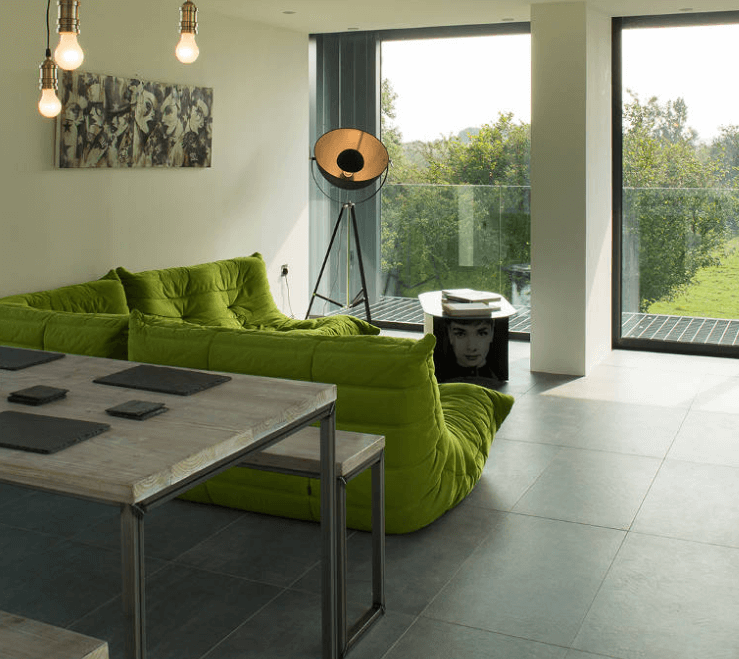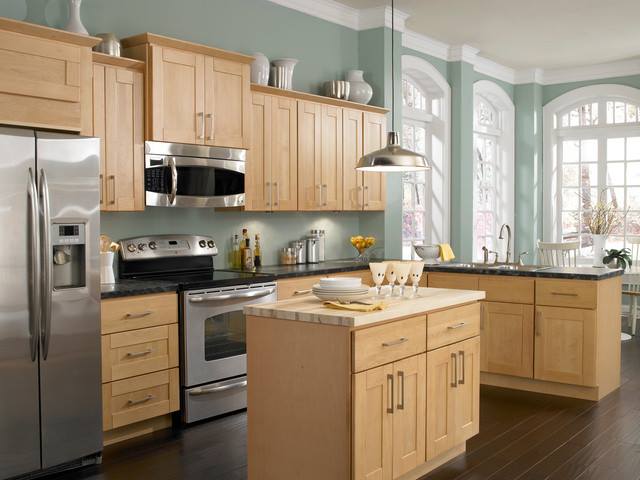At its core, interior design is primal, provocative and based on the most fundamental principles of what makes a space beautiful. Deep-rooted in the concepts that govern all visual art forms, modern decorating practices mark the latest phase in mankind’s artistic evolution – demonstrating that even new-age disciplines are inextricably tied to the foundations on which they’re built.
The world of interior design would be a very different one if it weren’t for the founding principles and practices of the artistic world, as the elements that make a piece of art powerful can, and often do, make an interior design scheme equally impressive. And it’s not just professional interior designers who can apply the principles of traditional art to their home designs — by applying creative best practices to their own ‘blank canvas’, qualified designers and ambitious homeowners alike can create a visual masterpiece in any living space.
Colour
Colour plays a huge role in design and, just as with artwork, forms the basis of any interior scheme. The colours chosen by artists are selected for the emotional response they generate and a strategically picked palette can be used in the same way throughout the home. Think of the calming and serene works of Monet — the blues and greens used in many of his works make ideal shades for rooms where rest and relaxation is the order of the day, while the lively compositions of Leonid Afremov rely on reds, yellows and purples to create a visible sense of energy.
Form
In the world of art, ‘form’ can mean any number of different things – but the best way to look at it from an interior design perspective is the way in which all visual elements are brought together for maximum effect. These elements can include light and dark, tone, texture and colour. Combining them in a way that creates the holistic vibe and aesthetic you’re looking for should be your primary aim when creating a cohesive rather than a chaotic look.
Perspective and Balance
If you look at some of the most revered pieces of art, much of their success comes down to a matter of perspective — achieving a satisfying sense of distance between objects, including repetition and continuation, as well as a sense of rhythm created by recurring patterns and colours.
Perspective is hugely important in interior design best practices, and the same principles used by artists can be used at home by you. Identify distinguishing elements of your favourite piece of furniture and repeat them elsewhere in the room — for example, the curves of a retro coffee table can be echoed elsewhere in your scheme through a similar use of shape evident in other aspects of the design.
Think about the scale and proportion of the room — using size can attract attention to a focal point, while using just one or two oversized pieces of furniture or accessories (a large floor lamp or chunky love seat, for example) will add a welcome sense of drama to the room.
The way in which many pieces of art are balanced can also be used in interior design schemes. Create balance through a symmetrical layout using furniture or decorative accessories, such as a centrally positioned side table with matching lamps and chairs on either side. Alternatively, you can create an edgier interior scheme by using an asymmetrical setup, balancing a large corner sofa on one side of the room with smaller, daintier chairs on the other. You could also use the artists’ technique of ‘radial balance’, taking a central element and having other elements radiate out from the piece in a circular pattern — with a statement coffee table being just one example of a point around which other items can orbit.
Unity and Harmony
In order to achieve real cohesion and unity within a space, explore the way that artists bring all elements within a painting, photograph or sculpture together for a sense of aesthetic solidarity. This doesn’t mean all your furniture and decorations should match, but it’s important that there’s a strong theme which ties it all together — a colour, shape or style that all major elements have in common is an ideal starting point.
Your Own Work of Art
Your interiors should, above all, reflect you and how you’ll use them. Basing your scheme on the principles used in art gives you a great jumping off point for working towards a visually satisfying space – one that’s bursting with evocative colours and uses your favourite pieces of furniture as attention-grabbing focal points.
Once you’ve cracked the formula for an inspiring interior space, the potential of every room is yours to explore.
Natasha Brinsmead is an interior design journalist and blogger for Zespoke, a furniture company creating funky retro designs and producing high quality, customisable hand-crafted pieces.





Leave a Comment